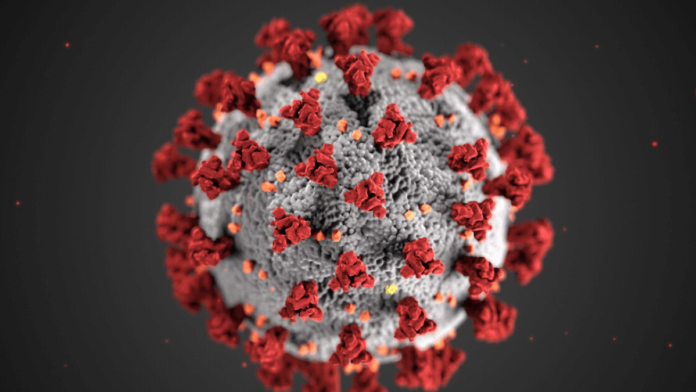About 1.67 million animal viruses can infect humans, and scientists are constantly monitoring the threat of zoonotic diseases. Still, there are millions of viruses circulating among animal populations, making the task incredibly challenging. To increase the chances of identifying the next virus jump from animals to humans, scientists are enlisting the help of sophisticated machine learning algorithms. Scientists used AI to predict high-risk zoonotic diseases so vaccines can protect us from most likely candidates.
Nardus Mollentze, Simon A. Babayan, and Daniel G. Streicker from the University of Glasgow have published a new proof-of-concept study in PLOS Biology. It suggests AI can predict the likelihood and risk of an animal-infecting virus infecting humans before it triggers global pandemics.
Researchers compiled a database of 861 zoonotic virus species from 36 families to train the machine-learning model. They then applied the ML model to identify genomic patterns with a high risk of jumping to humans. Scientists tested the new ML model’s efficacy by using it to analyze the dangers posed by a group of virus species that weren’t a part of the training dataset.
Read more: Nanowear Receives FDA Clearance to Implement Artificial Intelligence-based Diagnostics
The model reduced the second set of 645 animal-associated viruses to 272 high and 41 very high-risk candidates that were not a part of the training set. The team found that some zoonotic virus genomes have identifiable genetic features that enable them to jump to humans.
The ML model exhibited genomic patterns that are more predictive of the potential for human infection than a virus species’ taxonomic relationships. The model even successfully identified SARS-CoV-2, a virus that triggered the global pandemic, as a “relatively high-risk coronavirus” without prior knowledge of other SARS-related coronaviruses.


